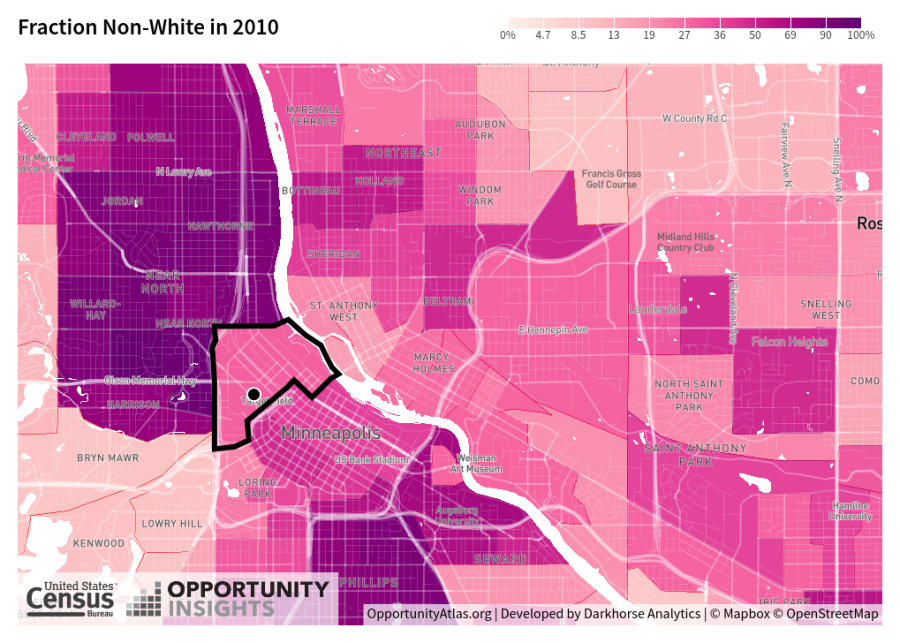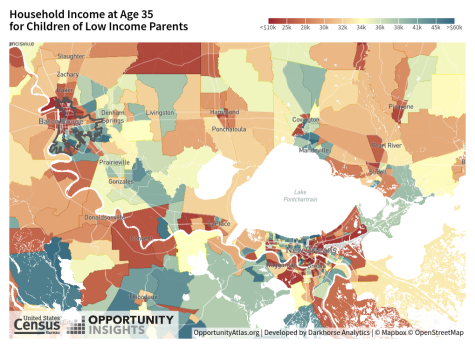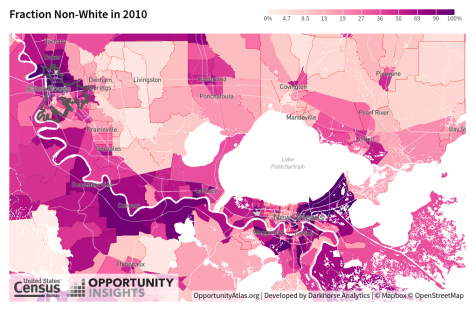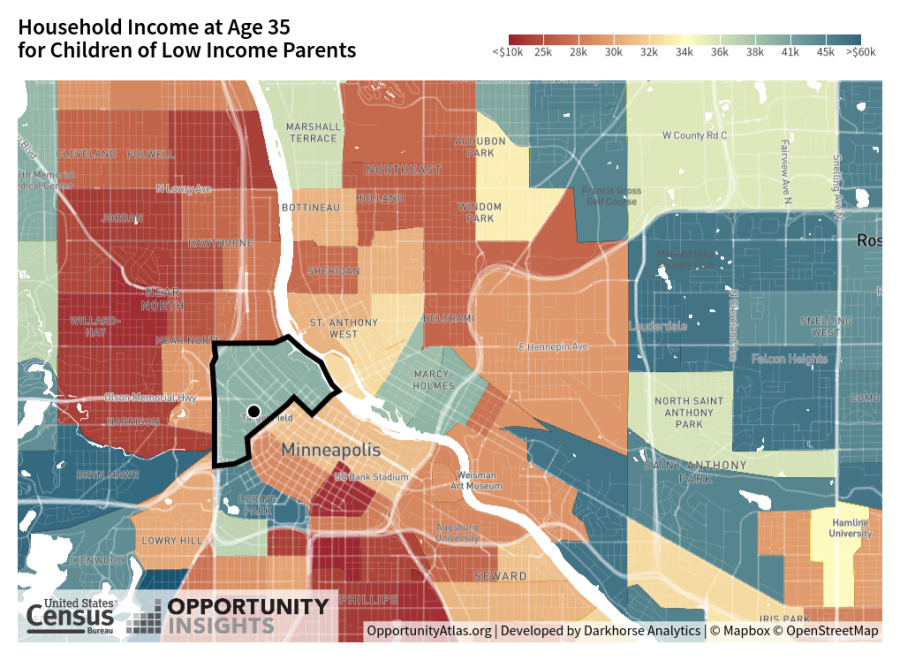Environmental Action with Diversity, Equity and Inclusion
April 25, 2023
Our environmental health has continuously declined rapidly, but not everyone observes or feels the same impact. Marginalized people of color and people in lower-income communities face a disproportionate level of environmental issues resulting in adverse health consequences.
To develop a more in-depth understanding of the issue, I spoke with Fern Renville of Wakan Tipi (formerly known as the Lower Phalen Creek Project) and consulted with people from the environmental committee of the Hamline Midway Coalition.
What kind of environmental issues?
People of color disproportionately suffer from health problems, many of which are caused or exacerbated by environmental factors such as pollution. Additionally, people from lower-income neighborhoods often live through increased exposure to pollution while limiting access to resources to improve environmental (and living) conditions. Pollution can include air quality issues such as that faced by neighborhoods close to industrial areas and unclean water.
One such example of industrial pollution comes from waste incineration, which I have briefly described in a previous article. Detroit recently demolished a solid waste incinerator in 2022 after shutting it down due to public health concerns resulting from the pollution. Minnesota faces an identical matter.
Based on a statement from the Minnesota Center For Environmental Advocacy (MCEA), the HERC facility in Minneapolis creates air pollution that disproportionately impacts lower-income neighborhoods and people of color. From their article earlier this year, the MCEA states “The HERC releases carbon monoxide, hydrochloric acid, nitrogen oxides (404 tons), sulfur dioxide, and particulate matter (44 tons)” that “contribute to health problems such as asthma, heart conditions, and cancer”.
Additionally, the facility releases additional pollutants such as carbon dioxide (173,254 tons) and lead, the latter of which is known for causing brain and organ damage to children. This is relevant to Diversity and Equity concerns because the facility “The area directly surrounding the HERC has a higher concentration of low-income households than 89 percent of the state, as well as a higher percentage of people of color than 90 percent of the state.”
The HERV facility is located in the North Loop neighborhood of Minneapolis. According to the Opportunity Atlas, the neighborhoods surrounding the North Loop are lower-income and disproportionately made up of people of color. Beyond the automatic health impacts, this also results in a large number of emissions that impact our climate which contributes to an additional issue of inequality that I will cover later.
I recognize this puts Hennepin County on the spot in a bad way. I want it to be known that Hennepin County is taking some steps to address this issue by implementing waste reduction strategies across the county. A contributing problem relating to their efforts is making certain that every community has equal access to the education and resources necessary to implement zero-waste policies, requiring continuous efforts to expand and improve the county’s mission

There are many ways in which pollution is present in our lives. Renville has witnessed higher cancer rates in Saint Paul, especially in Native American populations, because of chemical pollution in our water. High polluters have been dumping chemicals and contaminating drinking water throughout multiple states for years. Many consider 3M to have perpetuated this problem in Minnesota.
“Water is lifeblood,” said Renville. Clean water has a deep significance to the Native American people across the country. The importance of access to clean water is why there were so many protests against the Dakota Access Pipeline in 2016 when the pipeline was going to be constructed in the Lake Oahe Reservoir — an important source of water for the Standing Rock Sioux reservation.
People from a lower socioeconomic status often suffer from less access to clean water. This is especially the case as we explore further south along our very own Mississippi River which is birthed in Minnesota and travels to the Gulf of Mexico. An area of the Mississippi River that goes between Baton Rouge and New Orleans is nicknamed “Cancer Alley” because the air and river are so heavily polluted. Cancer Alley also happens to be home to a large population of people living with a lower socioeconomic status, as also further proven by Opportunity Insights.


Previously in this article, I briefly mentioned climate change. As wildfires and famine take place in areas suffering from droughts, or rising ocean levels result in encroaching flood zones, people are displaced. The United Nations Refugee Agency (UNHCR) has stated that climate refugees are also people that were already vulnerable as a result of conflict and socioeconomic and political issues. It is noted that many leaders met in 2015 and signed the Paris Agreement, a treaty meant to reduce global emissions by 2030; there are still drastic measures required to meet the goal.
Whoa, that sucks. What can anyone do??
I completely understand that I dumped a lot of really bad news on you, but I promise you that it gets better from here. We can still do our part to address inequities and environmental issues, it is possible to make a big difference.
Change has been done before and it continues to happen around our community and the world. Renville encouraged adopting the Indigenous philosophy of becoming friends with nature rather than seeing ourselves as being more important than the life that surrounds us — we should consider ourselves as part of it.
Many Native American nations have taken on much of the fight around environmental issues. The Makah Nation, located on the west coast near the border of Canada and the Pacific Ocean, was the first governmental entity to plan for climate change, its mitigation, and its impacts.
Given the work that Indigenous nations have done and continue to do for the environment and restoring food sovereignty, it is important for us to also support them. Supporting tribal sovereignty and indigenous science is one of the best ways to address environmental racism. A local example of this includes Wakan Tipi. A small neighborhood organization started off with the goal of cleaning up Phalen Creek.
Fast forward a few years and the organization stepped down to create a space of Indigenous leadership and education in East Saint Paul. In collaboration with the city of Saint Paul and tribes spanning multiple states, the Burial Mounds in East Saint Paul are slowly being restored to reflect the history.
At the bottom of the cliff (some may know the space as Bruce Vento Trail), Wakan Tipi is restoring native ecosystems and building a new museum to educate the community about Native American history and environmental science through action. Continuing to support excellent movements and organizations such as this helps everyone in addressing and supporting racial and environmental justice.
I have previously addressed urban water quality issues and actions we can take to clean up the water just from our own homes and streets. By being mindful of how much salt, fertilizers and yard waste you leave behind, you reduce chlorides and algae blooms. Rain gardens and improved water management practices also contribute to healthier aquatic life. That action alone can create a hospitable environment for fish and aquatic plant life to survive. When aquatic life survives, that good health goes downstream.
While no perfect plans around garbage have been determined yet, we can always remember to reduce, reuse, recycle and compost to reduce our own contributions. If you wish to continue further, you can also sign up to volunteer at any level of the community to address widespread problems around access to resources so that everyone can join the Zero Waste Challenge.
Finally, an excellent opportunity next fall is to join the Hamline Midway Coalition or Frogtown Green to install trees throughout the neighborhood on private property as a part of their tree equity program. By providing and planting free trees, you improve the energy efficiency of lower-income homes, improve air quality and address climate change in areas that are most often impacted by environmental racism and inequities in our neighborhood.
An additional fun fact is that this program’s goal is to reduce extreme heat spots; temperatures in Hamline-Midway can vary by 8 degrees on a single day depending on location and how many trees are nearby.

